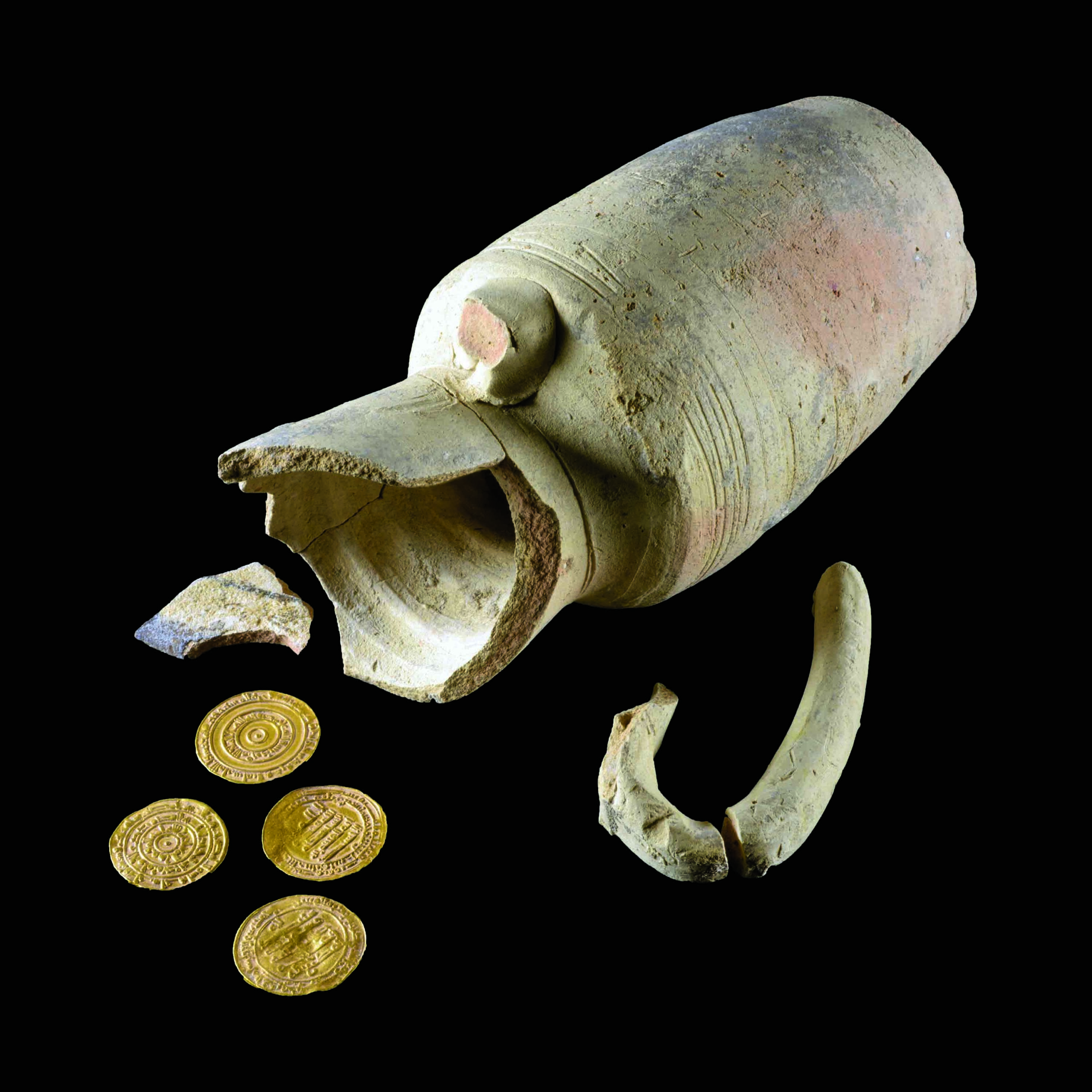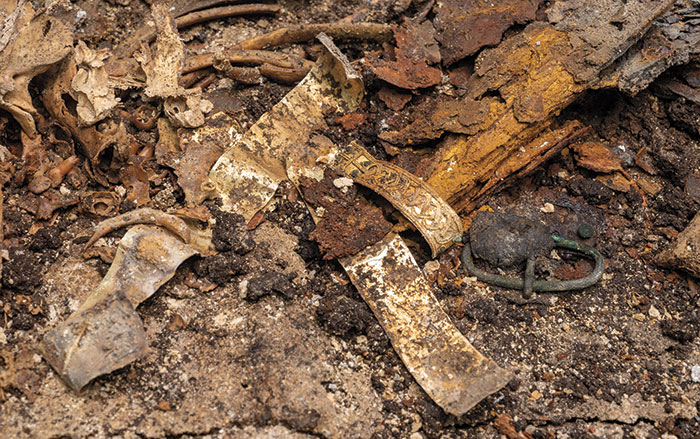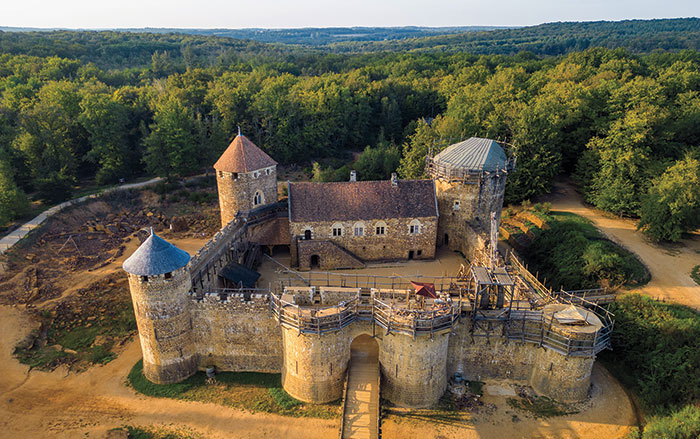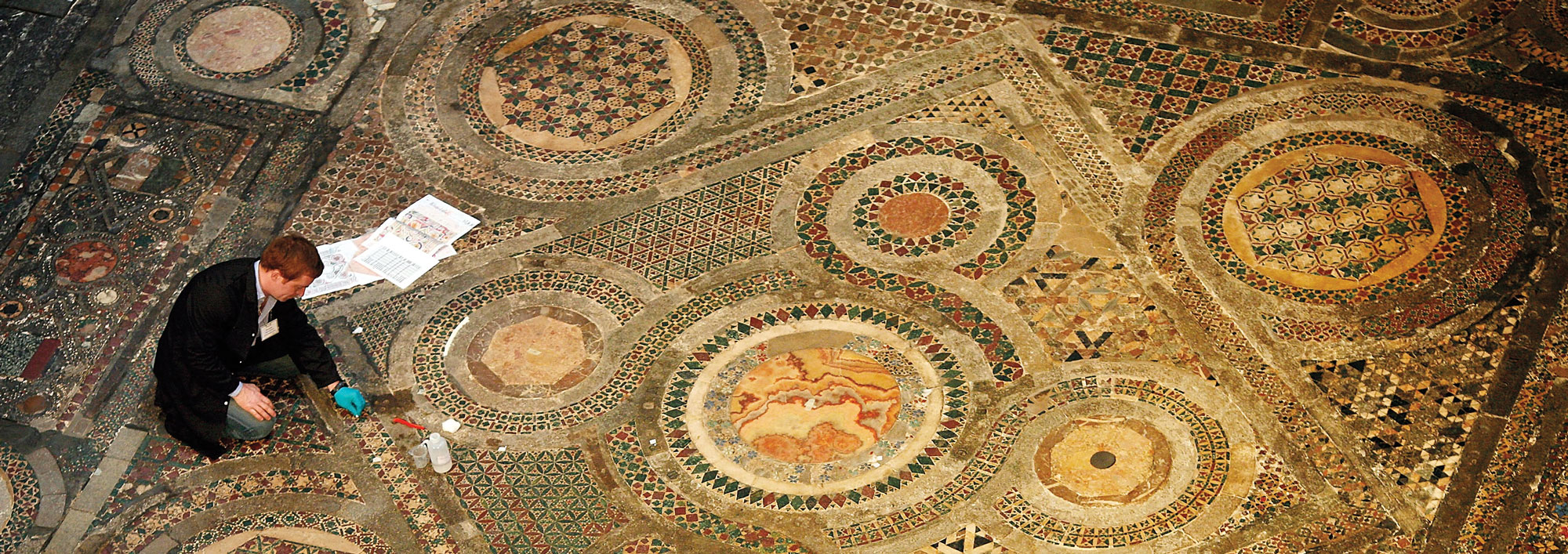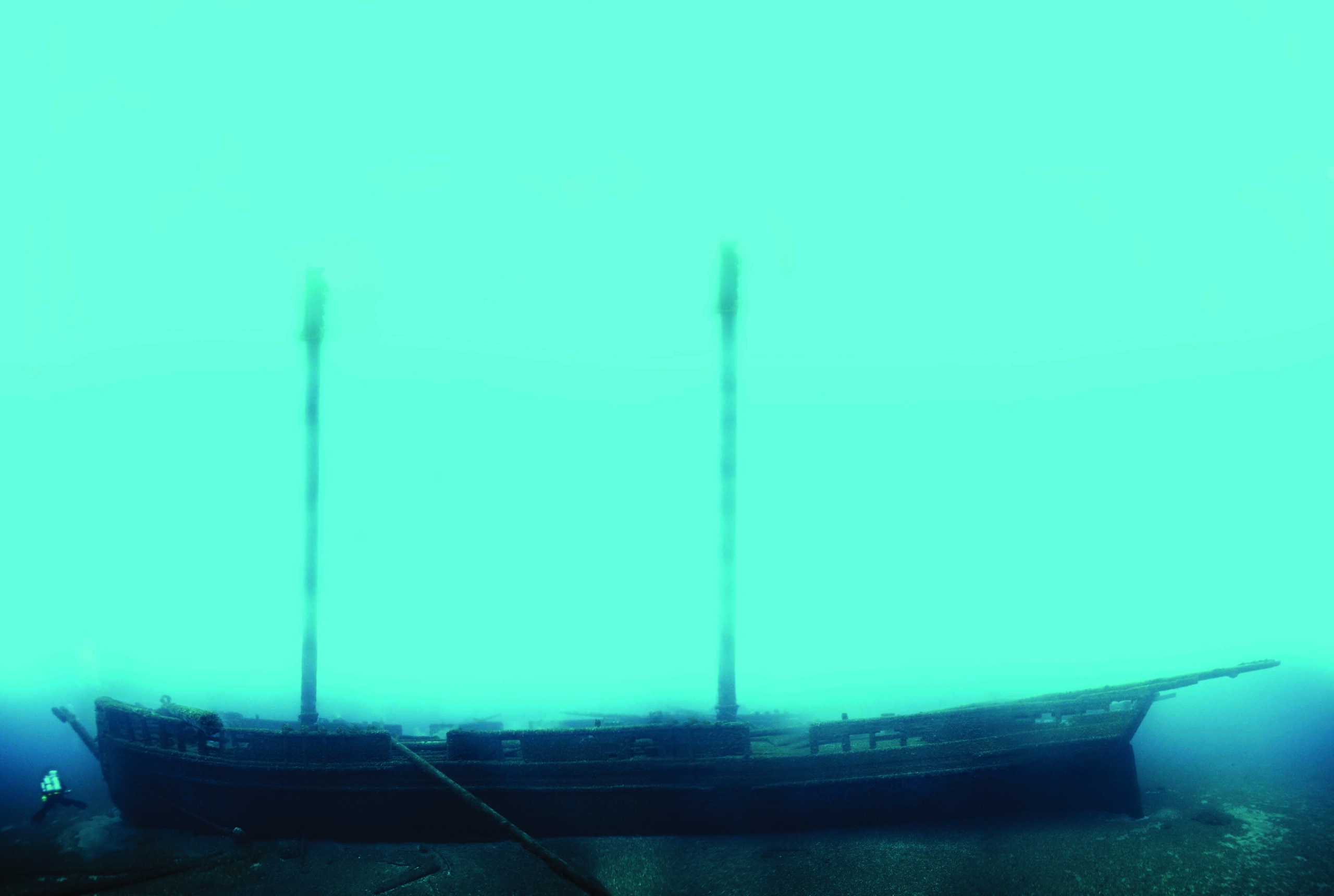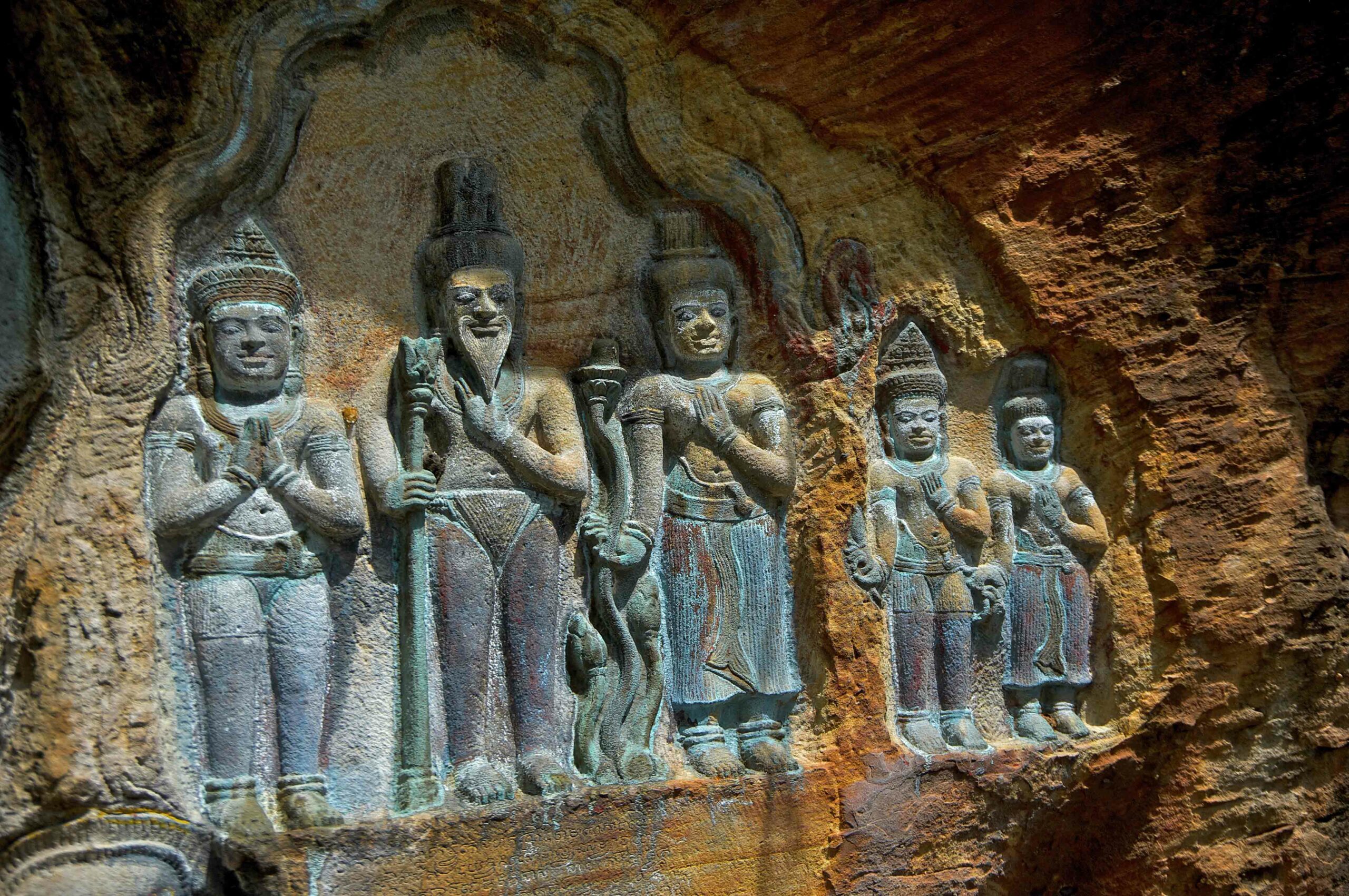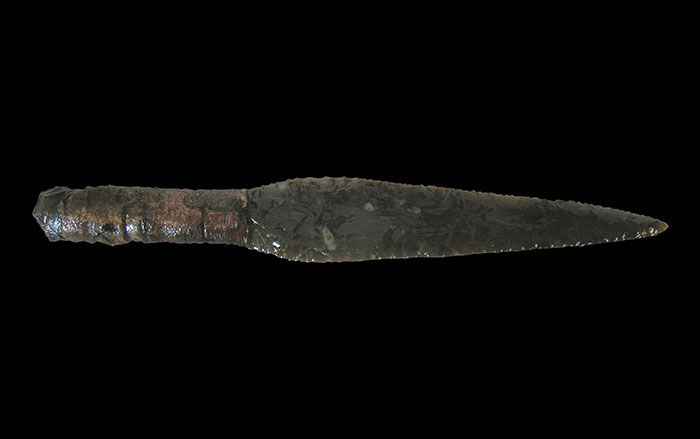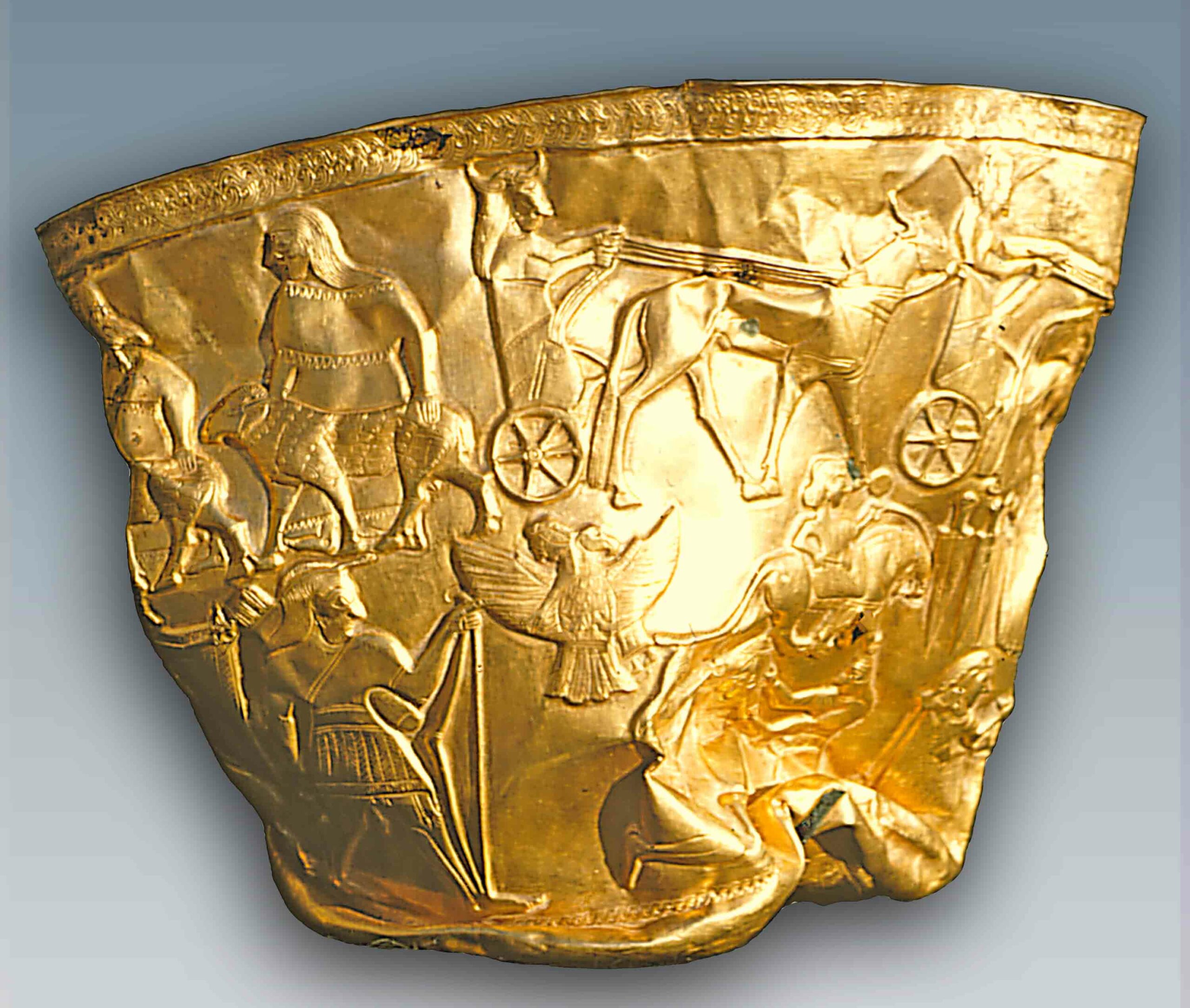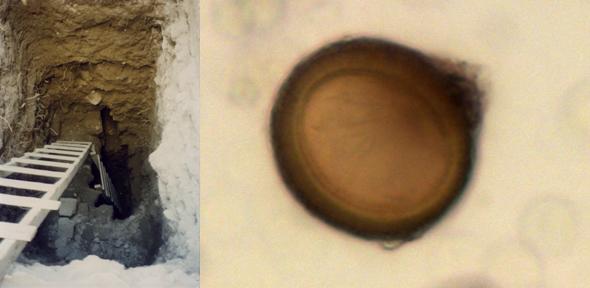
CAMBRIDGE, ENGLAND—Evidence of six species of parasites were detected in fossilized feces taken from a 500-year-old latrine in Jerusalem’s Christian quarter. The latrine, located near the Church of the Holy Sepulchre, had a vaulted roof, stone walls, and two “entry chutes.” All of the samples had roundworm and whipworm, which may have been spread by fecal contamination of food and water through agricultural practices. Two of the parasites, Entamoeba dysentery and fish tapeworm, found in one of the samples, were common in northern Europe at the time, but were very rare among populations in the Middle East. Common northern European methods of preparation, including smoking and pickling, do not kill the fish tapeworm parasite. Arabic texts of the time indicate that fish was not commonly eaten in inland cities such as Jerusalem, but when it was consumed, it was cooked thoroughly, according to local culinary traditions, which would have killed parasites. Fragments of imported pottery were also recovered from the cesspit. “This research highlights how we can use preserved parasite eggs in ancient toilets to spot past migrations and the spread of ancient diseases. Jerusalem’s importance to Christians in medieval Europe made it a key destination for both pilgrimage and trade. We can see these travelers took unexpected guests along with them,” Piers Mitchell of Cambridge University said in a press release. To read about archaeoentomology, see "Insights From Insects."


